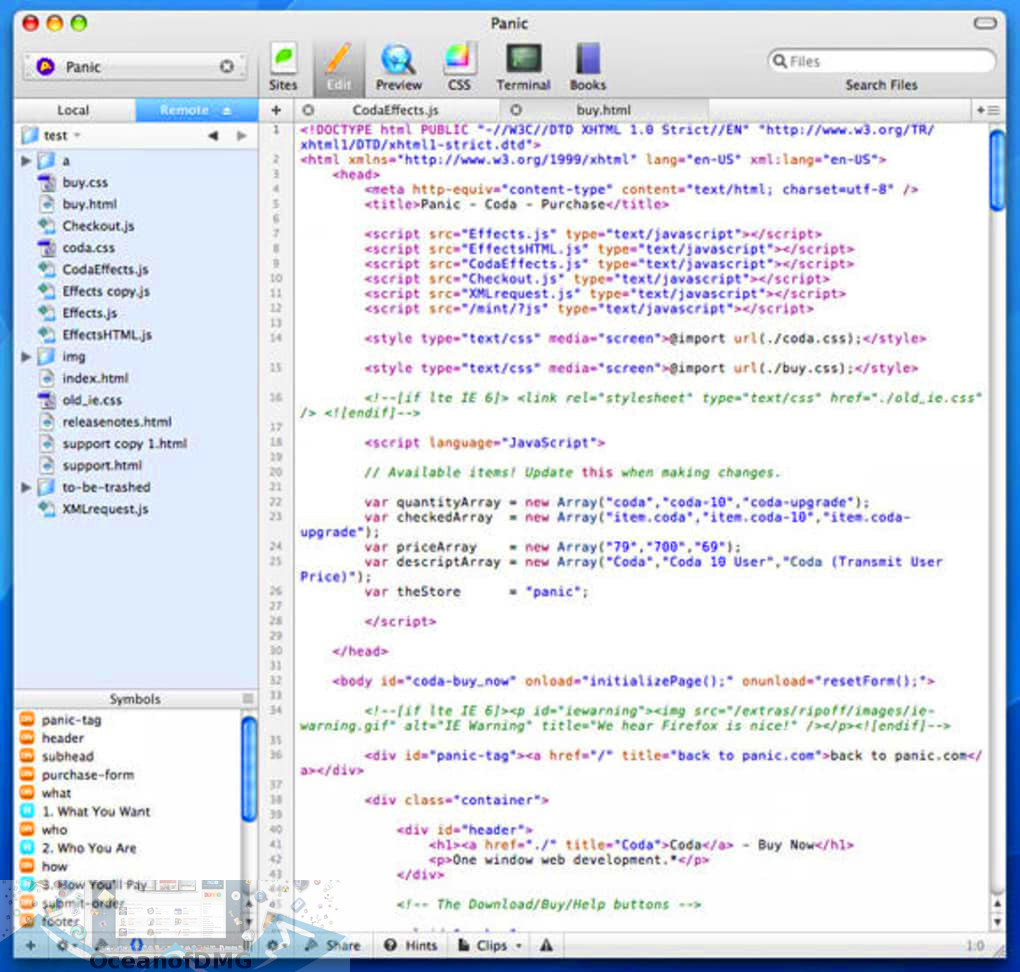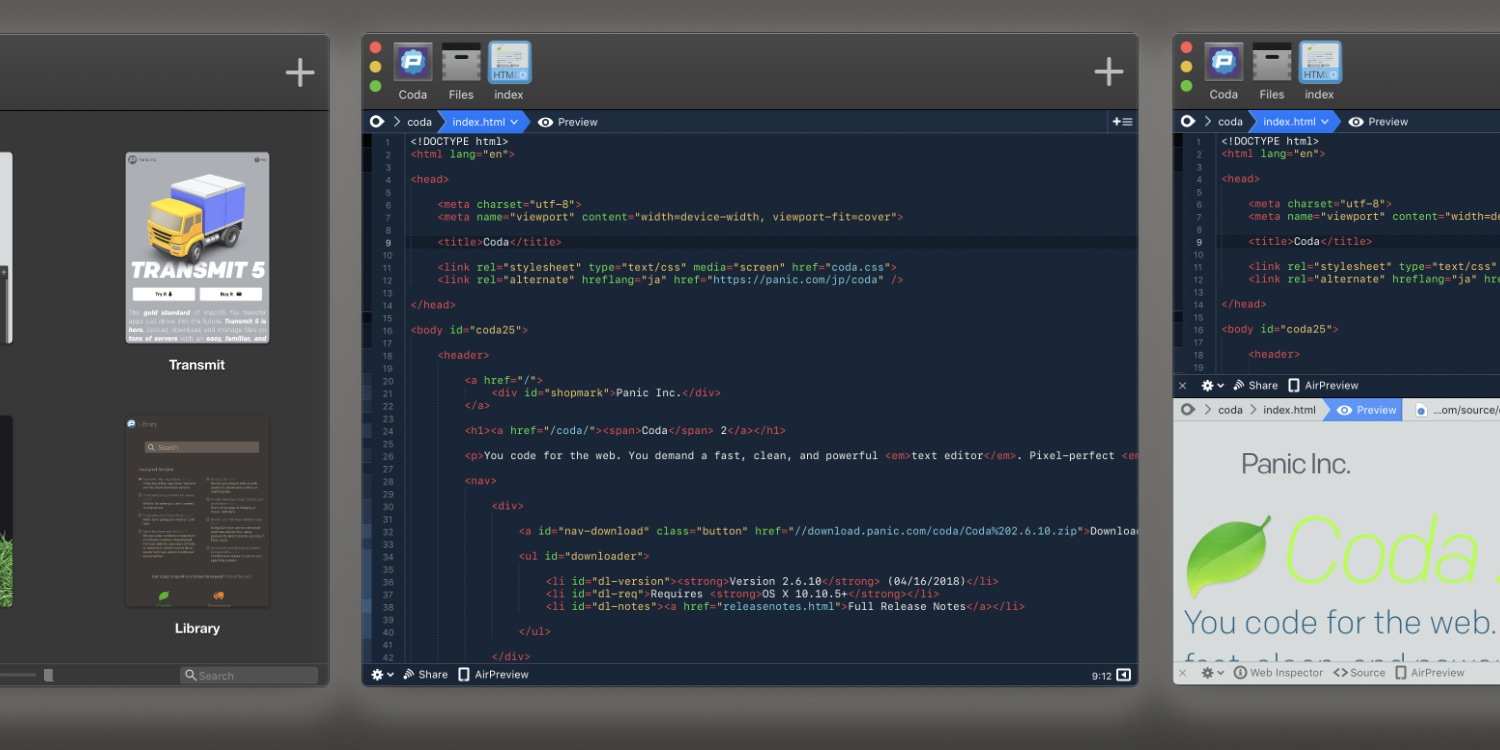
Many score elements in MuseScore are based on text, either alone (e.g., staff text, dynamics, tempo, fingering, lyrics, etc.) or in combination with lines (e.g., voltas, octave lines, guitar barre lines, etc.). Playback: Chord symbols / Nashville numbers NEW.


This chapter covers the playback controls and ways to extend the instrument sounds. MuseScore has "Sound and playback" capabilities built-in. The "Notation" chapter describes the different types of notation in more detail, including more advanced music notation.
Download coda for mac how to#
In the previous →" Basics" chapter you learned how to enter notes and interact with the palettes. The various parts of the program window are described-toolbars, Inspector, palettes etc.-as well as viewing and navigation options. This chapter shows you how to set up a new score using the MuseScore Wizard, and how to enter and edit basic music notation. The previous →" Getting started" chapter guided you through the installation process. MuseScore exists for various different operating systems, like Windows, macOS, as well as many Linux distributions, and several BSD variants.įind the instructions for the system you use below. It will introduce you to the various learning and help resources.

This chapter helps you to install and run MuseScore for the first time. (If you are still using MuseScore 2.x, you can access the old handbook). It is maintained and translated by the MuseScore community. This handbook is for MuseScore version 3.0 and above.


 0 kommentar(er)
0 kommentar(er)
